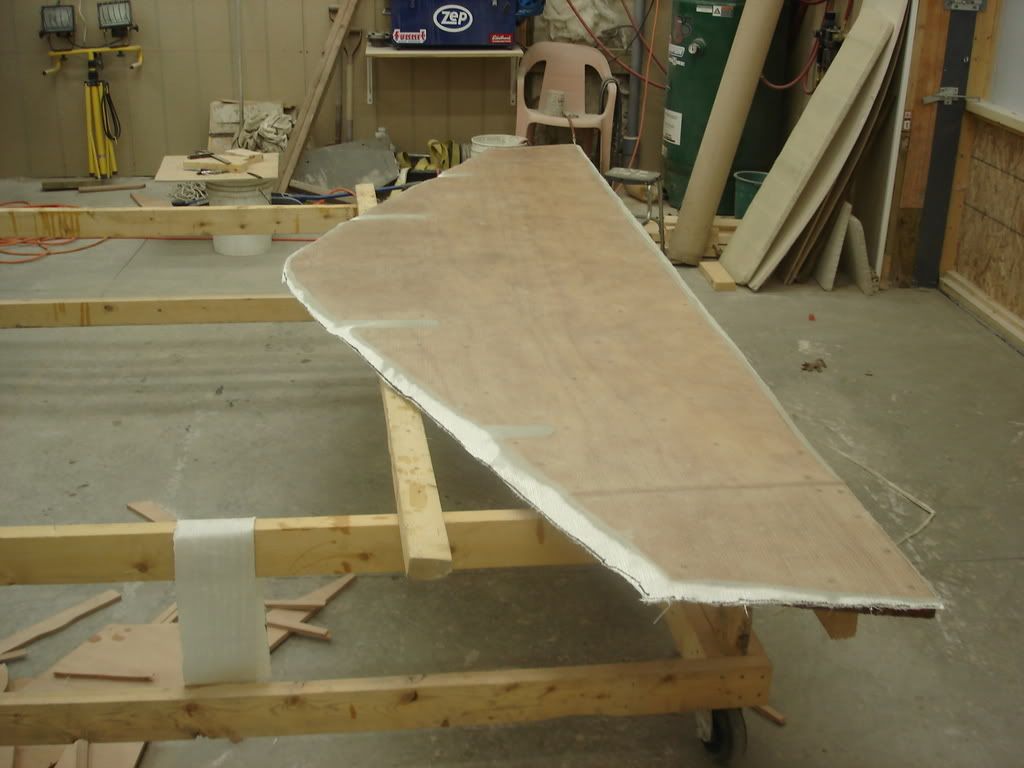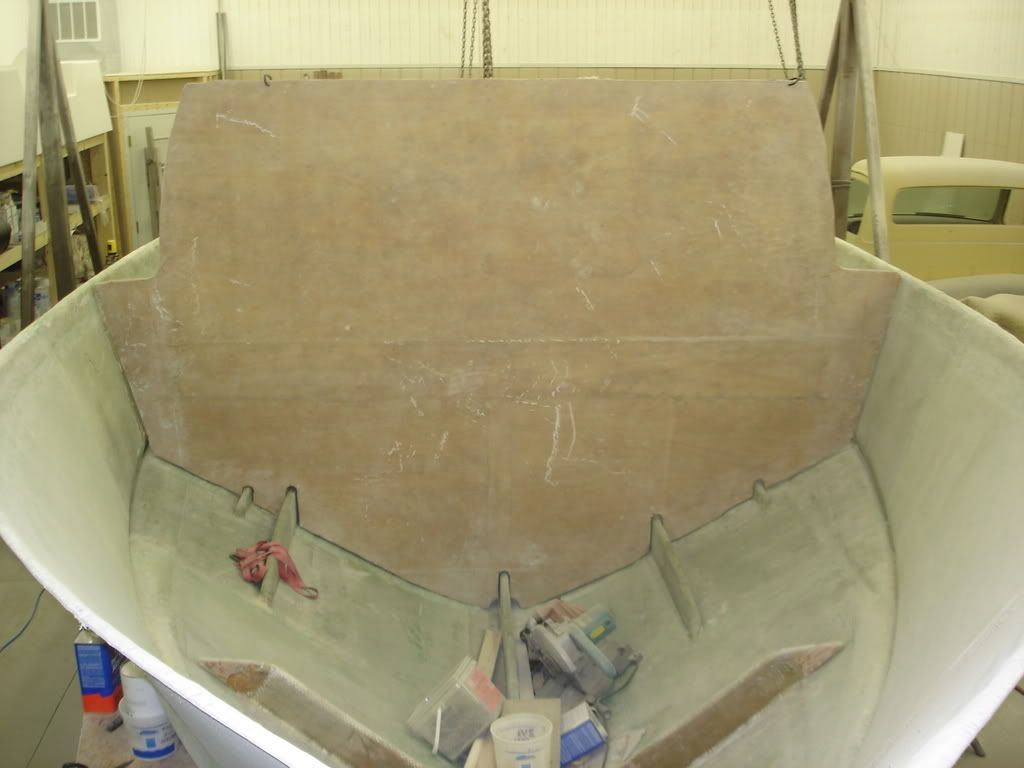Rocky,
You're break test was done on the wrong plane... Try the strength test using, instead of the 1/2" cross section, the 6" longitudinal direction.
Coosa type board is quite rigid on it's own, but like all composite cores, becomes exceptionally stronger when captured between two fiberglass faces. (See:
Basic Composite Structure and Benefits of Core Materials)
Unlike a load bearing wall in a wood framed house, the structures being supported on a 31 Bertram are very light and have been structurally designed to carry much of their own weight with rather minimal additional support. I wouldn't install a Coosa panel without facing both sides without glassing them up, or at least epoxy laminating the face(s) with hard laminate. If for no other reason, the ability to easily paint the surface.
With regards to the carrying weight under the gunnel, the maximum live load directly above the bulkhead probably won't exceed 200 lbs per square inch. In the pilaster sections, the load from the bridge is being distributed over a larger area, and in the case of the Flybridge Cruiser & Express cruiser, the load is also be distributed across the full aft bulkhead.
Even at only 1/2" and without fiberglass faces, once a Coosa bulkhead is tabbed in, there would be adequate structural support.
All of my aft bulkheads have been laminated plywood. Two 1/2" panels epoxied together with heavy weight hard laminate epoxied to the resulting faces. While the same could be done with Coosa board, saving a lot of weight and being totally rot proof, I would probably continue to use my plywood technique...
Remember, with whatever materials you decide on for the new bulkhead, all intersetions with the hull sides and gunnels must be done in a manner that will not create hard spots that will lead to structural fatigue.
Br,
Patrick





